With BMW sales soaring and more and more first-timers buying the BMW hype the company had to think about its entry-level model.
The 3-Series had long been the route most baby beemers took to join the BMW club, but over time it had grown in size and cost, to the point that it was out of reach of many prospective buyers.
New
It was only natural then that BMW would build a smaller model that slipped into the range under the 3-Series, one that was more affordable.
As the owner of the Mini it could have rebodied the Mini's front-wheel drive platform and slapped a blue and white spinner badge on the bonnet and hailed it as a funky new addition to its range, but it didn't. Instead it stayed true to its heritage and built a new rear-wheel drive small car.
The driving experience is one of the key promises in the BMW brand pitch and rear-wheel drive is key to delivering on that promise, so building the 1-Series as a rear-driver was a no-brainer.
Like all BMW offerings there was something for everyone in the 1-Series. It came as a practical and affordable five-door hatch, a slinky two-door coupe and a cool convertible.
If rear-wheel drive is an important part of the BMW appeal, so too is the engine. The German carmaker is famous for its smooth, free-revving engines, particularly the six-cylinder engines it offers.
The 1-Series handled with assurance
Like all models in the BMW range there was an almost bewildering choice of engines in the 1-Series. They ranged from a modest 1.6-litre four-cylinder engine, to economical turbo-diesels and silky smooth sixes, and on to thundering turbocharged sixes.
There was a choice of manual or automatic transmissions, which all shifted smoothly and were well matched to the engines they served.
With a wheel at each corner the 1-Series handled with assurance, it responded well to the driver's inputs whether at the wheel or the gas pedal, and was an exhilarating drive, as you would expect from a BMW.
The engines were smooth and capable of delivering decent economy if light-pedalled, or a thrilling ride if you weren't so concerned about the consumption.
Inside the 1-Series hatch, the front seat occupants had reasonable room, but those in the back were somewhat cramped. The rear seat in the coupe and convertible were particularly tight.
With run-flat tyres fitted there was no spare provided, which made the boot a good size.
Being a prestige model there was a long list of features you could choose from to make your 1-Series into whatever you wanted it to be.
Now
Owning a BMW is about two things, the driving experience and the badge credibility. Rarely do they disappoint on those fronts.
Anyone who cares about driving can't help but be thrilled by the delightfully smooth engines and the responsive chassis, the combination of which make time on a winding road rewarding.
Unfortunately for some the driving experience is soured by the ownership experience as problems strike with a frustrating regularity as the kays climb.
Anyone contemplating buying a high mileage used BMW, that's one that has done in excess of 100,000km or so should think carefully before diving in.
BMW engines and gearboxes are generally robust and give little trouble, but some other components can have you stopping off at your mechanic's on an all too regular basis.
The logic of using plastics for engine fittings, radiators, pulleys etc. that are exposed to heat, as BMW does, is questionable. It's fine for anyone intending to own their car for a short time only and pass it on with relatively low mileage on the clock, but anyone intending to keep it for any length of time should be warned that they will ultimately have trouble.
As the kays climb expect to have to replace the radiator, the various engine fittings, pulleys, water pumps.
Also expect to have to replace brakes, discs and pads, relatively regularly.
A mechanic who knows the brand and what goes wrong with them well is important
Add to that the cost of replacing the run-flat tyres and you've staring at a potentially expensive ownership experience over the long term.
The key is to buy low-kay BMWs and have them checked by a BMW specialist mechanic before you sign up.
With the cost of BMW parts and servicing having a tame mechanic on side is also important. A mechanic who knows the brand and what goes wrong with them well is important. They should also be able to source more affordable parts should things go wrong.
Always make sure your chosen car has been well serviced.
BMW 120I 2004:
| Engine Type | Inline 4, 2.0L |
|---|---|
| Fuel Type | Unleaded Petrol |
| Fuel Efficiency | 7.9L/100km (combined) |
| Seating | 5 |
| Price From | $4,290 - $6,380 |
Verdict
SMITHY SAYS - 3.5 stars
Great car to drive, but high mileage tends to bring expensive problems.
AT A GLANCE
SPECS
Price new: $40,100 to $62,000
Engine: 1.6-litre 4-cyl, 85kW/150Nm; 2.0-litre 4-cyl, 95kW/180Nm; 2.0-litre 4-cyl, 110kW/200Nm; 2.0-litre 4-cyl turbo-diesel, 115kW/330Nm; 2.0-litre 4-cyl turbo-diesel, 150kW/400Nm; 3.0-litre 6-cyl, 160kW/270Nm; 3.0-litre 6-cyl, 195kW/315Nm; 3.0-litre turbo 6-cyl, 225kW/400Nm.
Transmission: 5-speed man, 6-speed man, 6-speed auto, RWD
Economy: 7.5 L/100 km (1.6), 7.6 L/100 km (2.0), 5.4 L/100 km (2.0TD), 8.5 L/100 km (3.0), 9.2 L/100 km (3.0T)
Body: 5-door hatch, 2-door coupe, 2-door convertible
Variants: 116i, 118i, 118d, 120i, 120d, 123d, 125i, 130i, 135i
Safety: 5-star ANCAP
Expect to pay:
116i – $8000 to $13,000
118i – $9000 to $21,500
118d hatch – $17,500 to $24,500
120i hatch – $8000 to $23,500
120d – $11,500 to $18,800
125i convertible – $22,000 to $40,000
135i coupe – $32,000 to $39,000
OWNERS SAY
Guy Hinde: I am a very happy with my 2009 123d hatchback. The power delivery and handing is superb, I average about 6.9 L/100km with some spirited acceleration, and I have never driven a car that is so well composed on a dirt road. The interior is beautiful, although the back seat is tight, and the boot could be bigger. The cost of parts is a problem, but I have only had to replace the run-flat tyres and the windscreen wipers.
Mike Smith: I have owned my 2004 120i for two years and my first experience owning a European prestige has been a disaster. I am disappointed with the fuel consumption, the radiator had to be replaced because of a split in a plastic radiator pipe, the whole rear window had to be replaced, the run-flat tyres are expensive, and now the gearbox has had to be replaced at $4800 for a second-hand unit. I now use a German mechanic specializing in European cars, which cuts the cost of servicing. The car has only done 137,000 km.
Jo House: I have owned my 2008 135i manual for four years and it's a cracker. It can be driven sedately, or if needed, can really open up and hustle along. I find it a very enjoyable drive apart from a couple of annoying electrical niggles that appear to be beyond BMW mechanics. Have tried to get them fixed, but as yet, have had no joy. All in all, I love my 135i and intend to keep it for a while yet.
EdwinkWan: My 120i has great road handling, but a firm ride. The fuel consumption is 11 L/100 km on a mix of urban and highway driving. The downsides are that the run flat tyres are expensive to replace, and the rear seating is not generous. Apart from normal service costs, the other major repair was an oil leak.
David Levy: I owned my 135i for 18 months and in that time I had a few problems that made it a disappointing experience. The middle LED brake light strip cracked and dropped out of its housing mounted on the boot lid, it went into limp home mode in peak hour traffic, and I had to replace both rear light clusters at the time I replaced the boot lid LED. The boot lid LED was $400, the engine management system reboot was $300, and the tail light clusters were $450 each. The brakes (pads and rotors) and tyres only lasted 40,000 km. It was a great car to drive, but was let down by small niggles that did not instil in me the confidence as to its future reliability.
ALSO CHECK THESE
Lexus IS250 – 2005-2011 - 4 stars
Quality built Japanese sports sedan an impressive all-rounder in the prestige stakes. Pay $10,500-$38,000.
VW Golf – 2004-2011 - 3.5 stars
With choices of models from practical to high performance, economical diesels and powerful petrol engines, the mid-sized VW is worth consideration. Pay $4000-$28,500.
HSV Clubsport – 2004-2011 - 4 stars
It might now be considered a dinosaur, but it's still hard to beat if you want performance. Pay $12,000-$43,000.
COMING UP
Do you own an Audi A4? If so tell us what you think of it by sending your comments to Graham Smith at grah.smith@bigpond.com or Carsguide, PO Box 4245, Sydney, NSW, 2010.
Pricing Guides

Range and Specs
| Vehicle | Specs | Price* |
|---|---|---|
| 120i Base | 2.0L, Unleaded Petrol, 6 SPEED AUTOMATIC | $5,720 - $8,030 |
| 120i Base | 2.0L, Unleaded Petrol, 6 SPEED MANUAL | $5,170 - $7,590 |





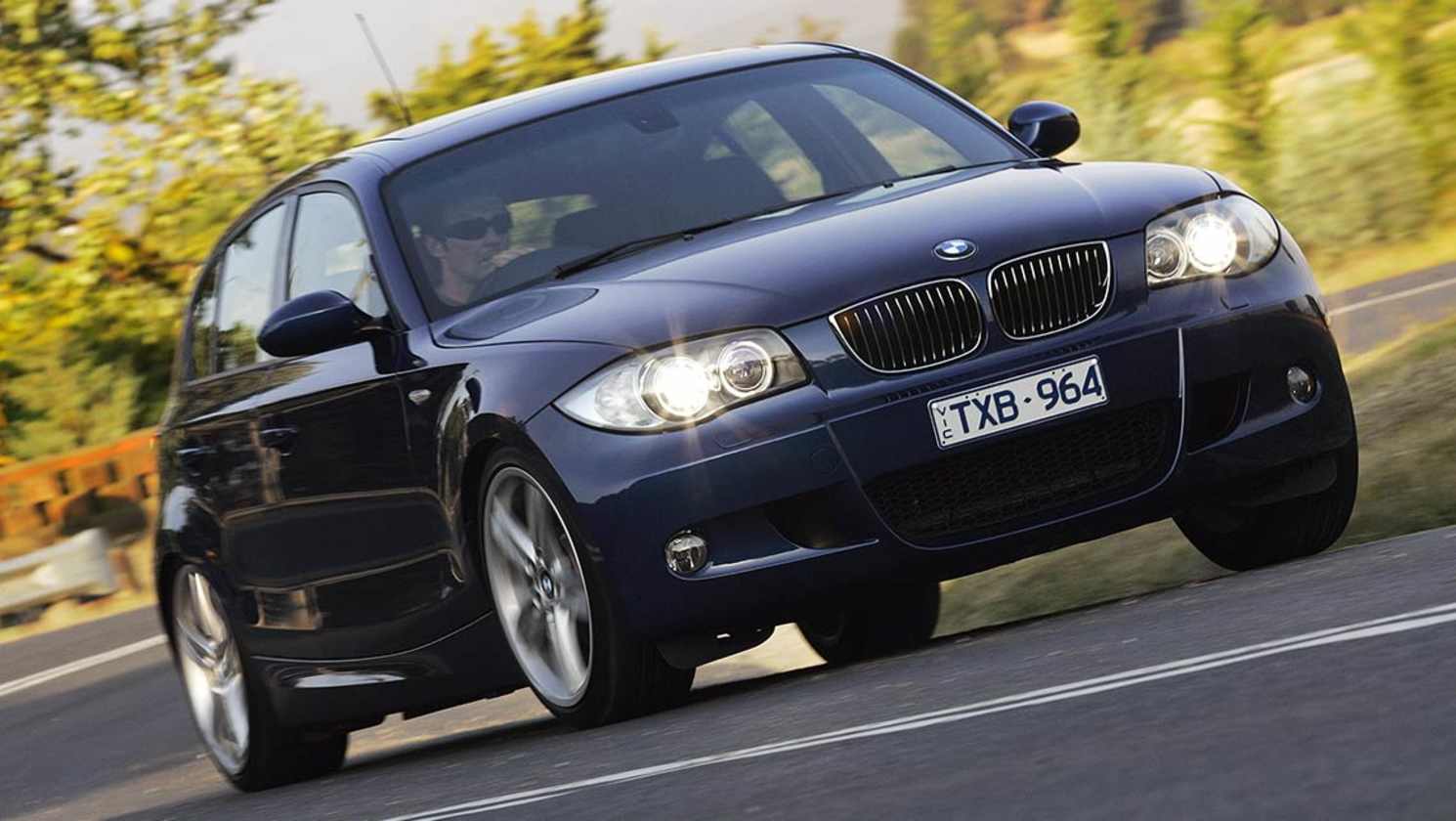

.jpg)

.jpg)
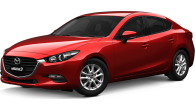
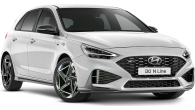
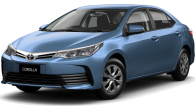
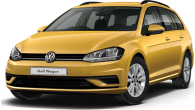
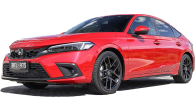







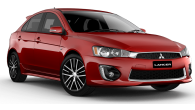




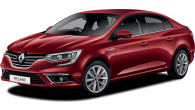
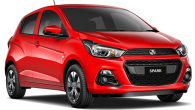
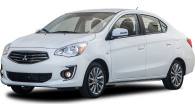






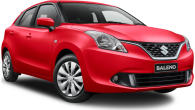





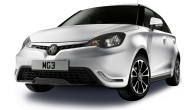


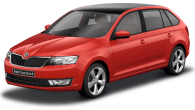



.jpg)

.jpg)
.jpg)